Convolutional Neural Network
Contents
%%html
<!-- The customized css for the slides -->
<link rel="stylesheet" type="text/css" href="../styles/python-programming-introduction.css"/>
<link rel="stylesheet" type="text/css" href="../styles/basic.css"/>
<link rel="stylesheet" type="text/css" href="../../assets/styles/basic.css" />
43.20. Convolutional Neural Network#
43.20.1. The Brain#
When we see something, we label every object based on what we have learned in the past
While vision starts in the eyes, the actual interpretation of what we see happens in the brain, in the primary visual cortex
The deeply complex hierarchical structure of neurons and connections in the brain play a major role in this process of remembering and labelling objects

43.20.2. From Brain to Convolutional Neural Networks#
Convolutional Neural Networks are inspired by the brain
The simple cells activate, for example, when they identify basic shapes as lines in a fixed area and a specific angle. The complex cells have larger receptive fields and their output is not sensitive to the specific position in the field
The concept of hierarchy plays a significant role in the brain
In 1998, Convolutional Neural Networks were introduced in a paper by Bengio, Le Cun, Bottou and Haffner
43.20.3. How a computer sees an image#

43.20.4. Kernel (image processing)#

43.20.5. CNN architecture (1/3)#
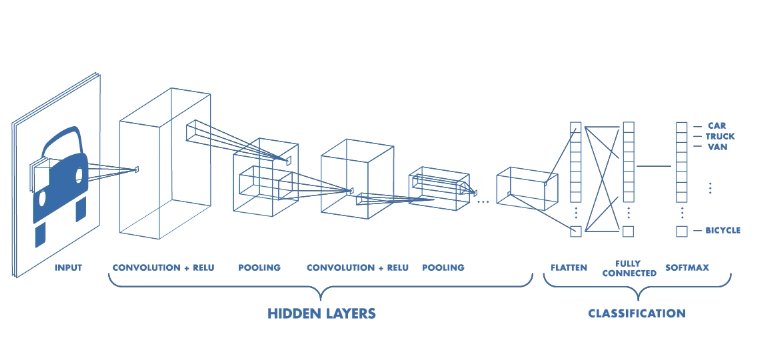
43.20.6. CNN architecture (2/3)#
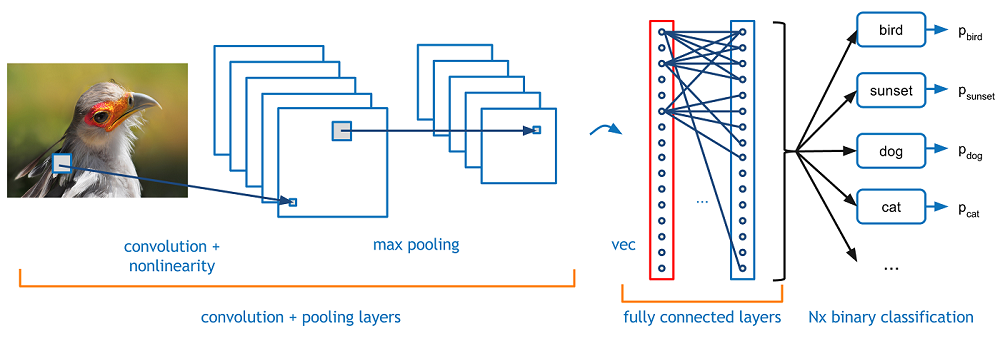
43.20.7. CNN architecture (3/3)#

43.20.8. Time to play!#
43.20.9. Feature extraction#
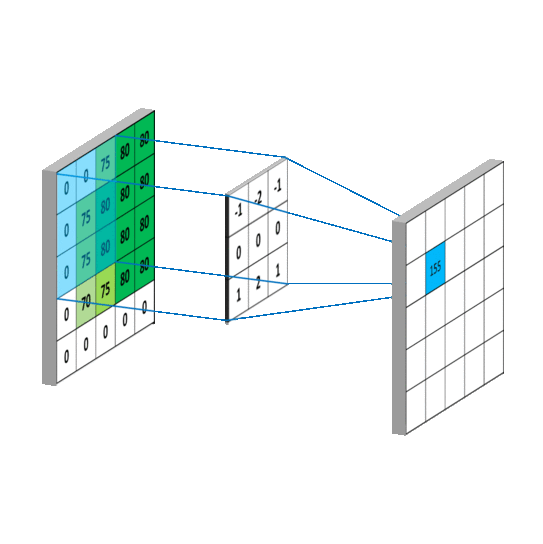
43.20.10. Padding#
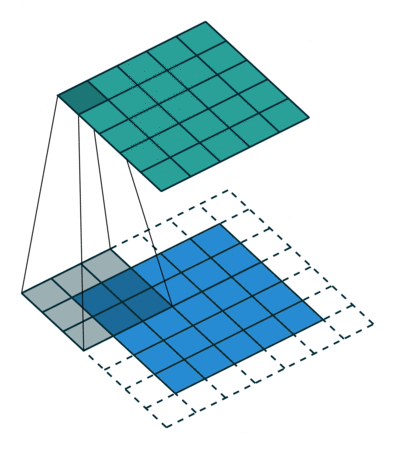
43.20.11. Pooling#
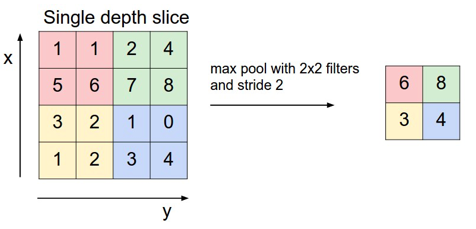
43.20.12. Flattening#
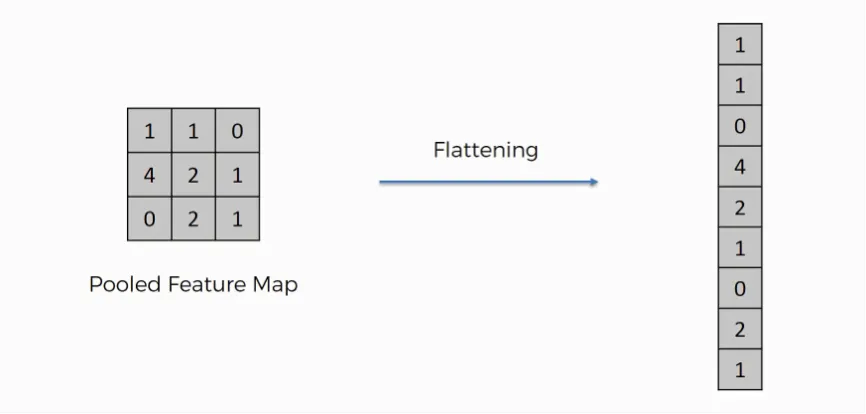
43.20.13. Full Connection#
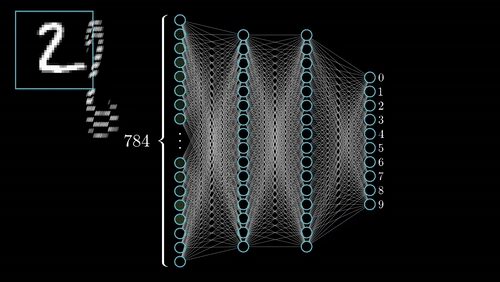
43.20.14. Acknowledgement#
https://www.freecodecamp.org/news/an-intuitive-guide-to-convolutional-neural-networks-260c2de0a050/


